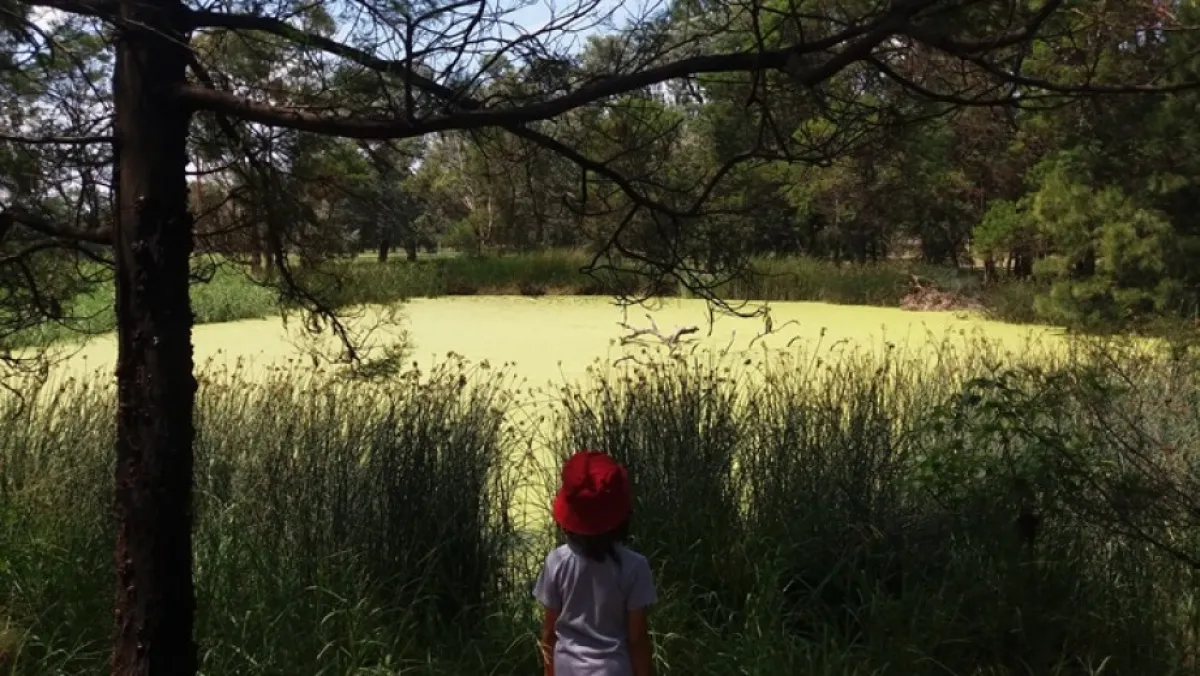The impacts of a changing climate on public health

Growing up in India in the 1980s, Dr Aparna Lal had access to running water for only two hours a day, and it wasn’t always clean. At the time she didn’t even question this until she moved to New Zealand and suddenly clean drinking water was on tap 24 hours a day.
Dr Lal is now based at the Research School of Population Health at ANU and says her interest in clean, safe drinking water stems from her own experiences.
Her research explores the impacts of our changing climate on public health. She’s particularly interested in how the way we manage land and water have affected the risk of getting illnesses from contaminated water.
“Climate change will make some populations much more vulnerable to contaminated water, particularly people living in rural areas”, said Dr Lal. “Increasing climate variability is also making water treatment much more challenging for water utilities.”
She’s been investigating how extended periods of dry weather or intense rainfall (both of which are becoming increasingly common as our climate changes) affect water quality. This year, she’s started looking at catchment areas which have been unusually dry or unusually wet, to understand how that’s affected water-related health risks. These include parasitic diseases such as cryptosporidiosis (which causes gastro), vector-borne diseases such as Ross River virus and bacterial contamination of water sources as indicated by E.coli levels.
“Early results suggest that there is a relationship between extended dry periods and outbreaks of parasitic diseases,” she said. “We already know that intense rainfall and flooding can lead to disease and that a little bit of rainfall can also flush out significant concentrations of pathogens after a dry period. But there is limited evidence on the relationship of water-related diseases and dry periods. For Australia, considering the public health consequences of droughts is very important.”
Collaboration is key to her work. Dr Lal has worked with government departments to raise awareness of the issues and foster a cross-government approach. For example, within the ACT Government, whilst the Environment Directorate (EPSDD) tracks changes in river flow and rainfall, disease indicators are tracked by the Health Unit. Anecdotally disease outbreaks have shown a strong link with rainfall, but previously no-one has been able to model this. Taking Dr Lal’s research onboard and working in collaboration, the EPSDD and the ACT Health protection Unit are now starting work to establish weather-based early warning systems for recreational swimming areas in Canberra to prevent disease outbreaks.
Dr Lal is also meeting with hydrologists and water managers in other parts of Australia to raise awareness that they need to consider water not just in terms of water quality, catchments, agriculture and other extractive uses but they also need to consider public health risks. She is also working with colleagues in Indonesia and India to help prepare health services in rural areas to deal with the health consequences of unsafe water as a result of extreme weather events.
“Public health needs to be front and centre when making land and water decisions,” said Dr Lal. “Environmental management is a public health issue - we need to make sure that public health is fully considered when making decisions about how we use our land and water.”
Some recent papers by Dr Lal include:
- Lal A, Fearnley E, Wilford E. 2019. Local weather, flooding risk and childhood diarrhoea caused by the parasite Cryptosporidium spp.: A systematic review and meta-analysis. Science of the Total Environment.
- Schnitter R, Verret M., Berry P, Chung Tiam Fook T, Hales S, Lal A, & Edwards S. 2019. An assessment of climate change and health vulnerability and adaptation in Dominica. International Journal of Environmental Research and Public Health, 16(1), 70.
- Lal A, Konings P. 2018. Beyond reasonable drought: hotspots reveal a link between the "Big Dry" and cryptosporidiosis in Australia's Murray Darling Basin. Journal of Water and Health. https://doi.org/10.2166/wh.2018.199.
